Are you going to the northwest of Argentina? Don't miss visiting Salta, the most beautiful city in the region! Discover the 10 essentials we have selected for you!
If this is the first time you travel to Argentina, you will be surprised by the diversity of landscapes in this vast country! Luxuriant and wet regions, desert areas of the Pampa Patagonia glaciers, dry deserts... We fall very quickly in love with culture and striking contrasts that defy before our bahish eyes.
The Argentinian northwest rises at the foot of the Andes Cordillera, in a succession of polychrome canyons, Quechuas and Aymarás villages, deserts and historical cities. Salta the linda – the beautiful – is among the most beautiful colonial cities in the country. Founded in the 16th century, the capital of the province of the same name, perched at 1 185 meters above sea level, it is one of the favourite destinations of travellers! It is on the one hand considered the ideal base to explore the spectacular treasures of the region: Quebrada de Humahuaca, Quebrada de Cafayate, Valles Calchaquíes... But visitors also come to admire its colonial architecture, its exciting museums and its Métis culture.
Are you planning to go to the area and wondering what to do in Salta? Follow our guide! We have selected for you the 10 must-sees of the town and its surroundings!
1. Museo de Arqueologia de Alta Montaña (MAAM)
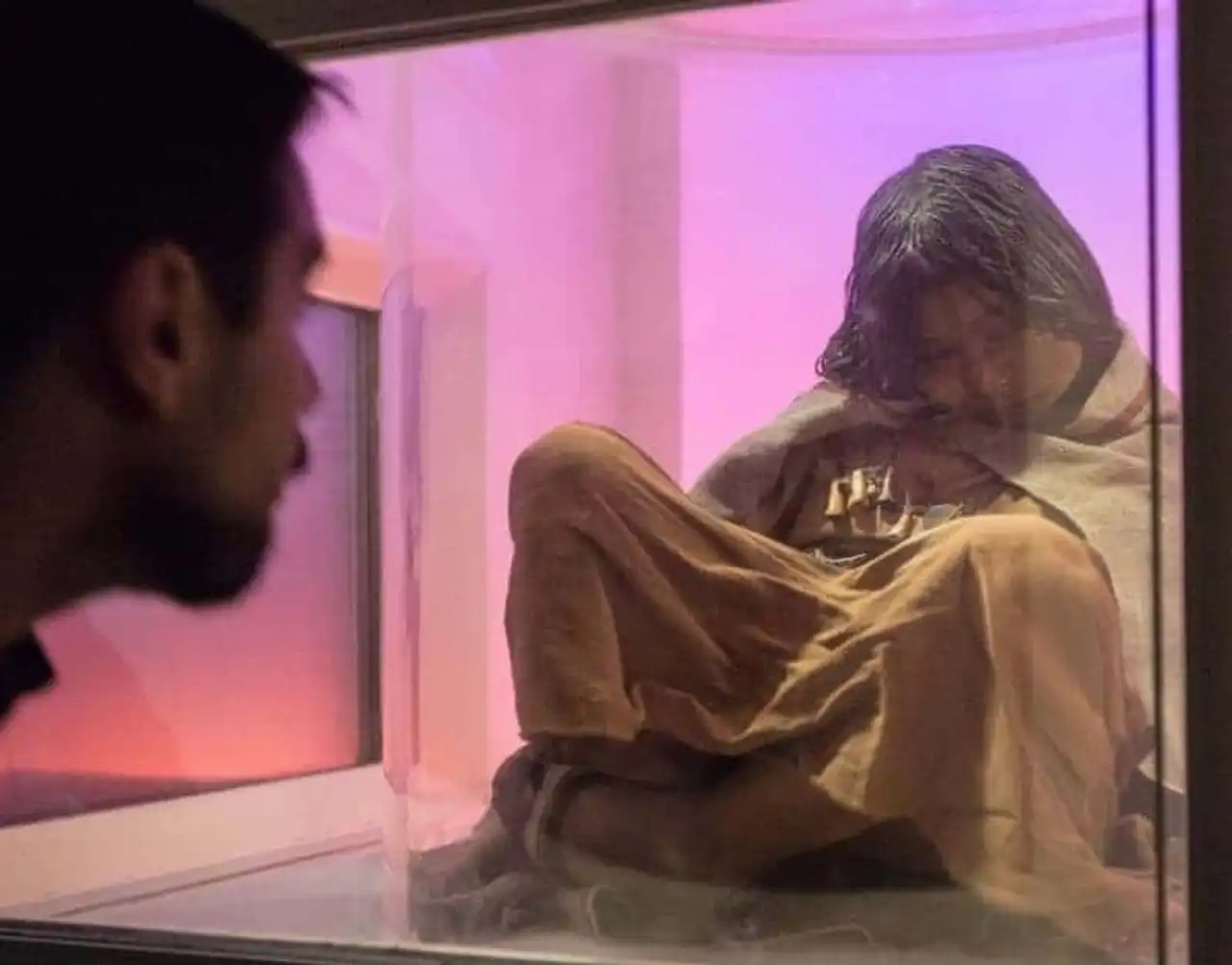
Photo credit: Instagram – eltribunosalta
If there is a museum not to be missed in the north of Argentina, it is the High Mountain Archaeology Museum (MAAM). His collection dedicated to inca culture is fascinating! The museum includes mummified bodies of sacrificed children. Discoveries at the top of the Llullaillaco (a 6,739-metre volcano!) in 1999, these mummies have been the subject of multiple controversies as to their public exposure. Today, they are presented in turn by rotation of six months, surrounded by objects discovered in the tombs. Panels and videos inform the visitor about these sacrificial rituals, the way of life and the roads that the Incas used.
2. The historic centre of Salta
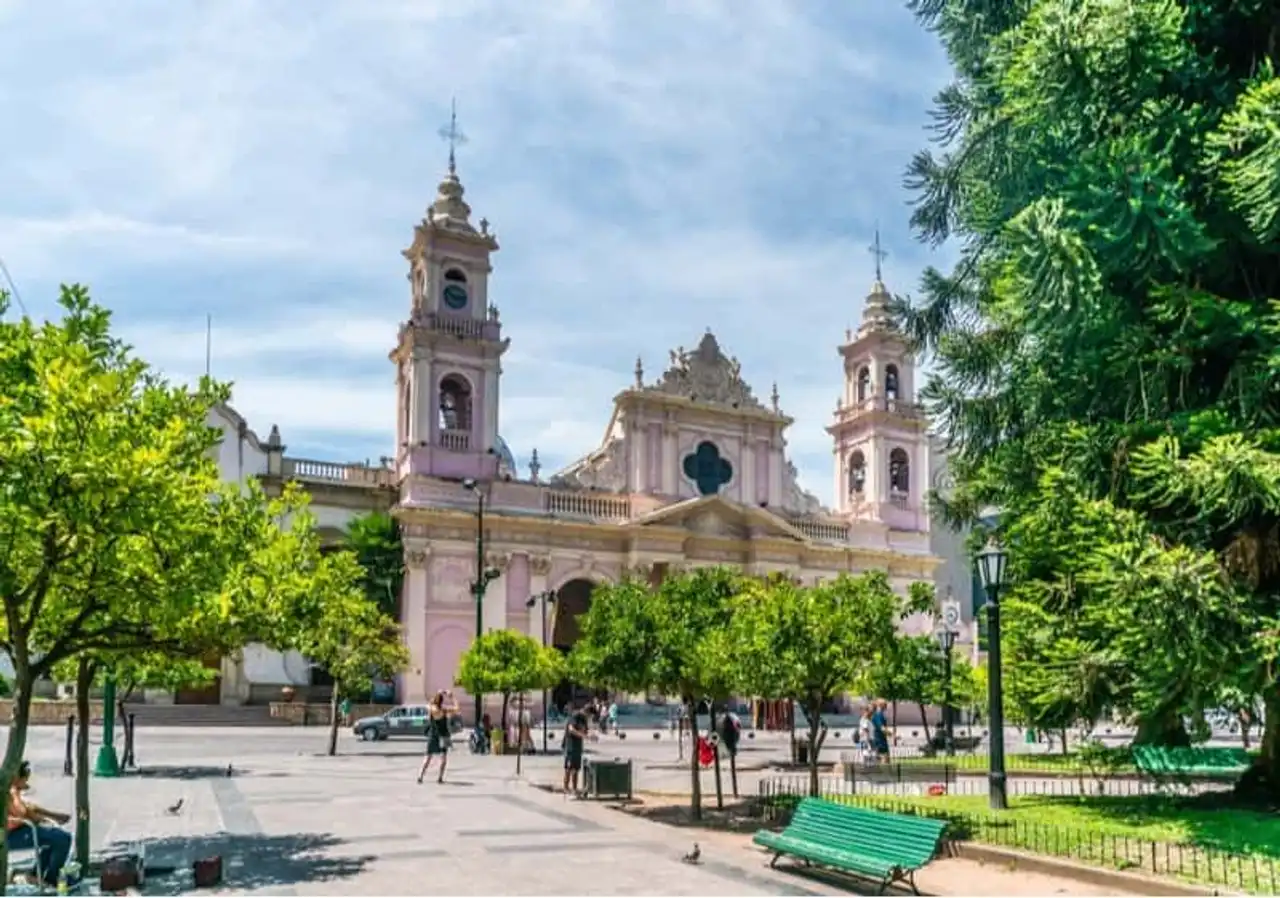
Photo credit: Shutterstock / marchello74
The main square – Plaza 9 de Julio - and its adjacent streets, San Francisco Church, cabildo (colonial council) are places to visit in Salta. Walking around the historic quarter in the day or later, when the monuments are lit, is a very pleasant walk.
The city is hung on foot, while lifting its eyes to exuberant, neoclassical-baroque and ornamented facades. The animation is full at the beginning of the evening, when the Salteños return from work and the tourists return from their trip.
3. Pajcha – Museo de Arte Etnico Americano
Want to visit Salta to learn more about Andean art and culture? Go to the Pajcha! The museum’s collections make a great contribution to the native peoples, combining archaeological discoveries and modern crafts. There are, for example, ornaments in Arabic feathers, instruments used by kallawaya healers, or mapuche jewellery. The collection is actually the result of studies carried out by a passionate anthropologist, founder of the museum.
4. Cerro San Bernardo (telepherical)
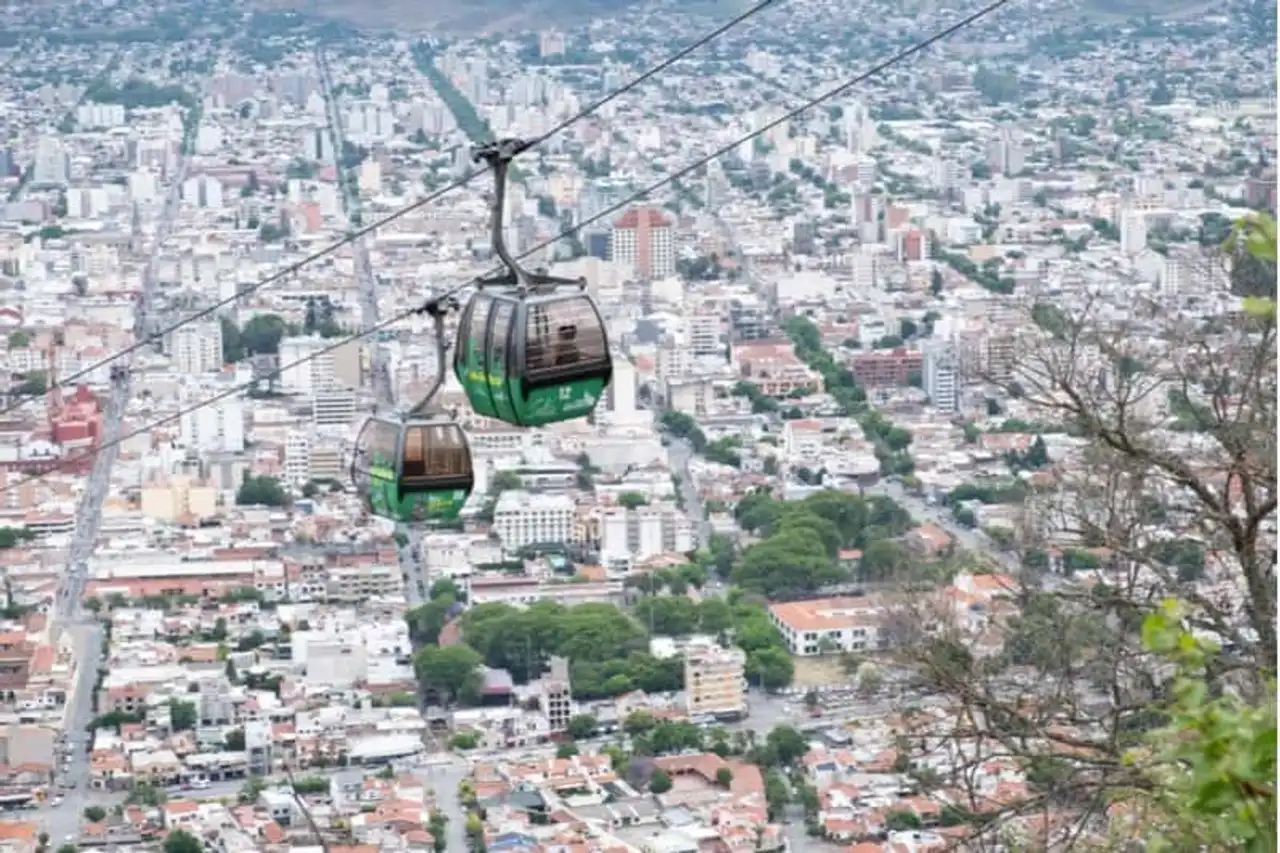
Photo credit: Shutterstock / Split Second Stock
The small quiet area of Parque San Martín is also the starting point of the cable car to Cerro San Bernardo, a hill overlooking the city. In eight minutes, you reach the top, for a breathtaking view of the entire agglomeration. A small park and a terraced café are especially conducive to relaxation. The athletes who wonder what to do in Salta can climb the Cerro on foot! Count an hour on a green trail... and 1,070 steps!
5. Tren a las Nubes
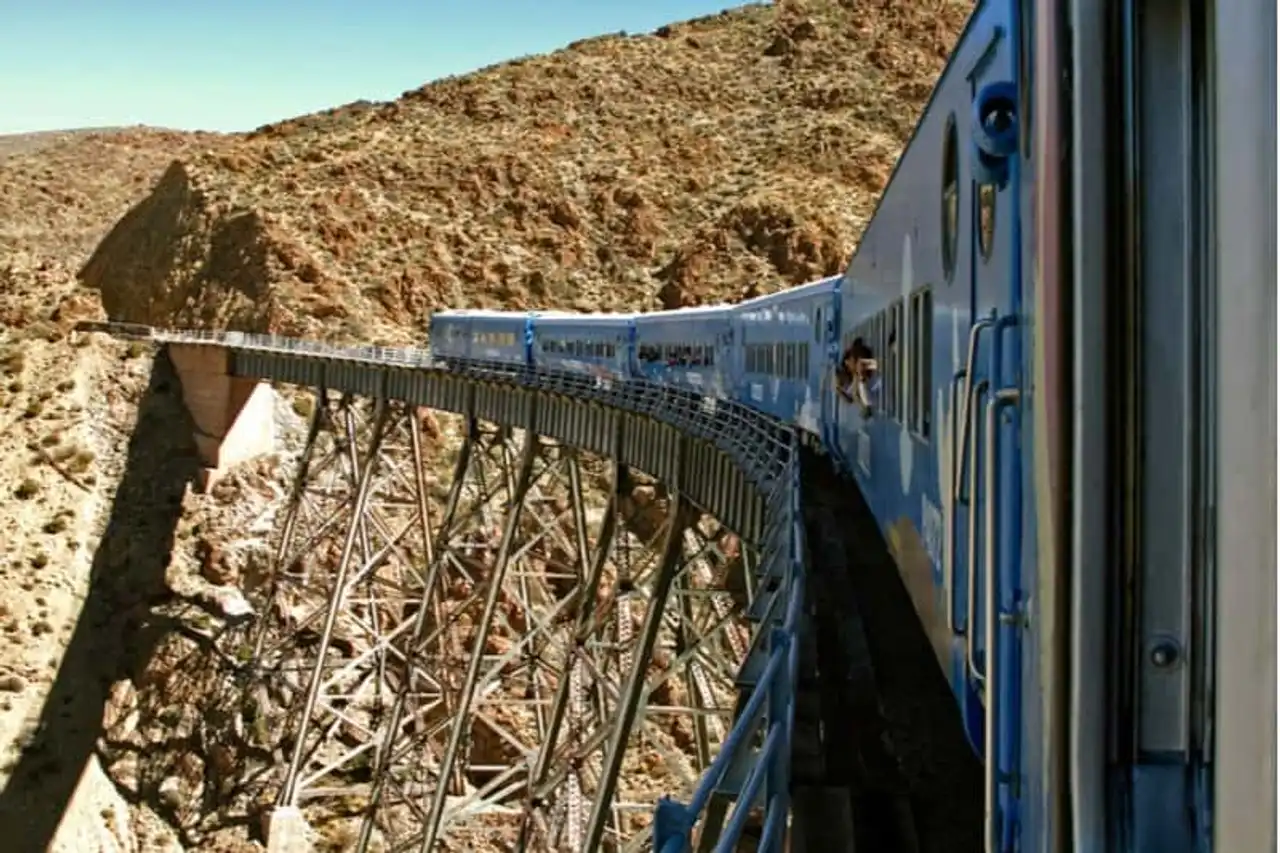
Photo credit: Shutterstock / revolucian
The Train to the Nuages is the most famous railway route in Argentina! Excursion plebisciated by travellers who come to visit Salta, it is particularly well known to tourist sites.
Every Saturday, from April to mid-December, the train leaves the city to descend into the Lerma valley, then starts the spectacular ascent of the Quebrada del Toro. The circuit passes through the ruins of Tastil and San Antonio de los Cobres to finally cross a deserted canyon. If you don't want to take the train, Salta agencies offer similar routes by taking the road along the railway.
6. Museo Histórico del Norte
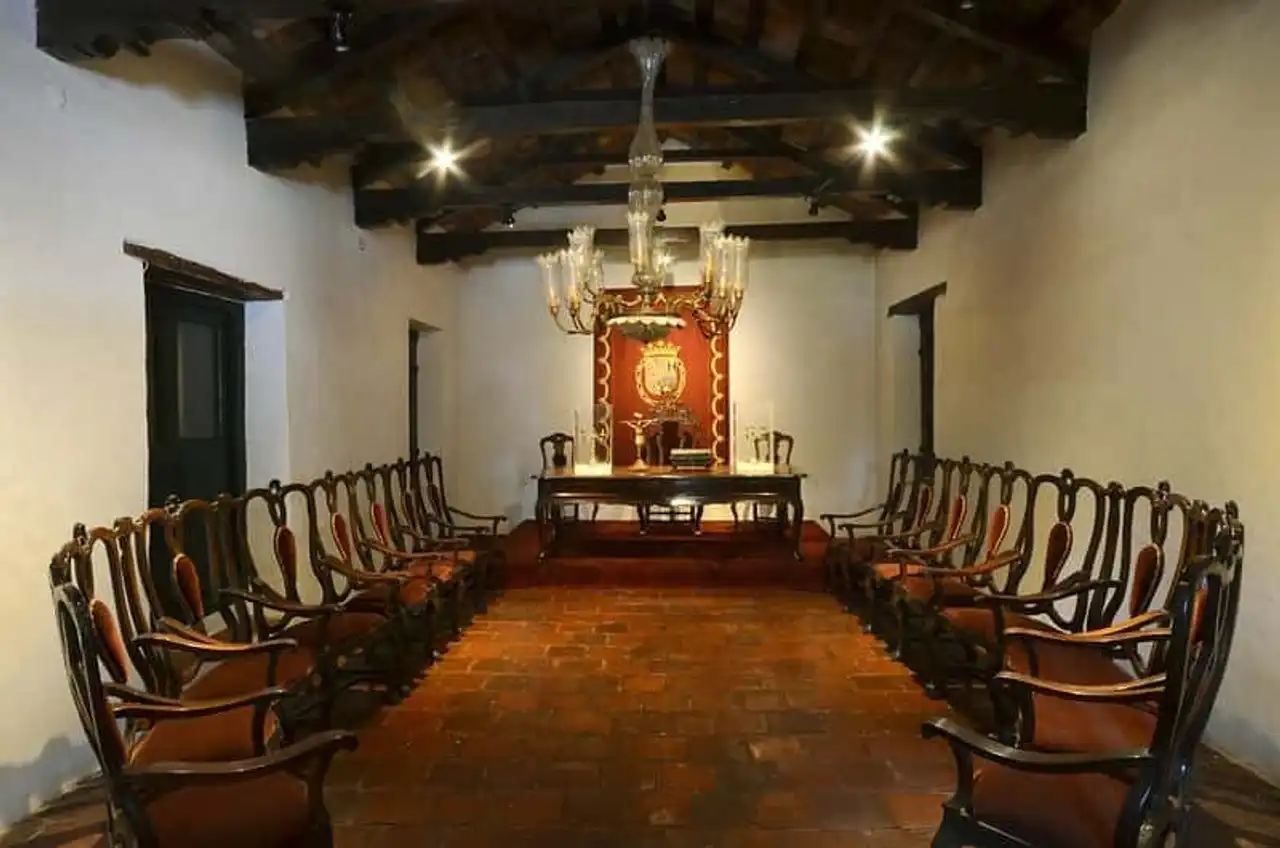
Photo credit: Flickr – Secretaría de Cultura de la Nación
Nestled in the magnificent buildings of the cabildo (former municipal council), on the main square, this museum is part of the monuments to visit in Salta. Inside, the rooms house a collection of pre-Columbian ceramics. There are also objects of colonial religious art, as well as exhibitions on the city in the 19th and 20th centuries. A gallery of portraits of successive governors of Salta and a collection devoted to transport complete the journey.
7. Salinas Grandes
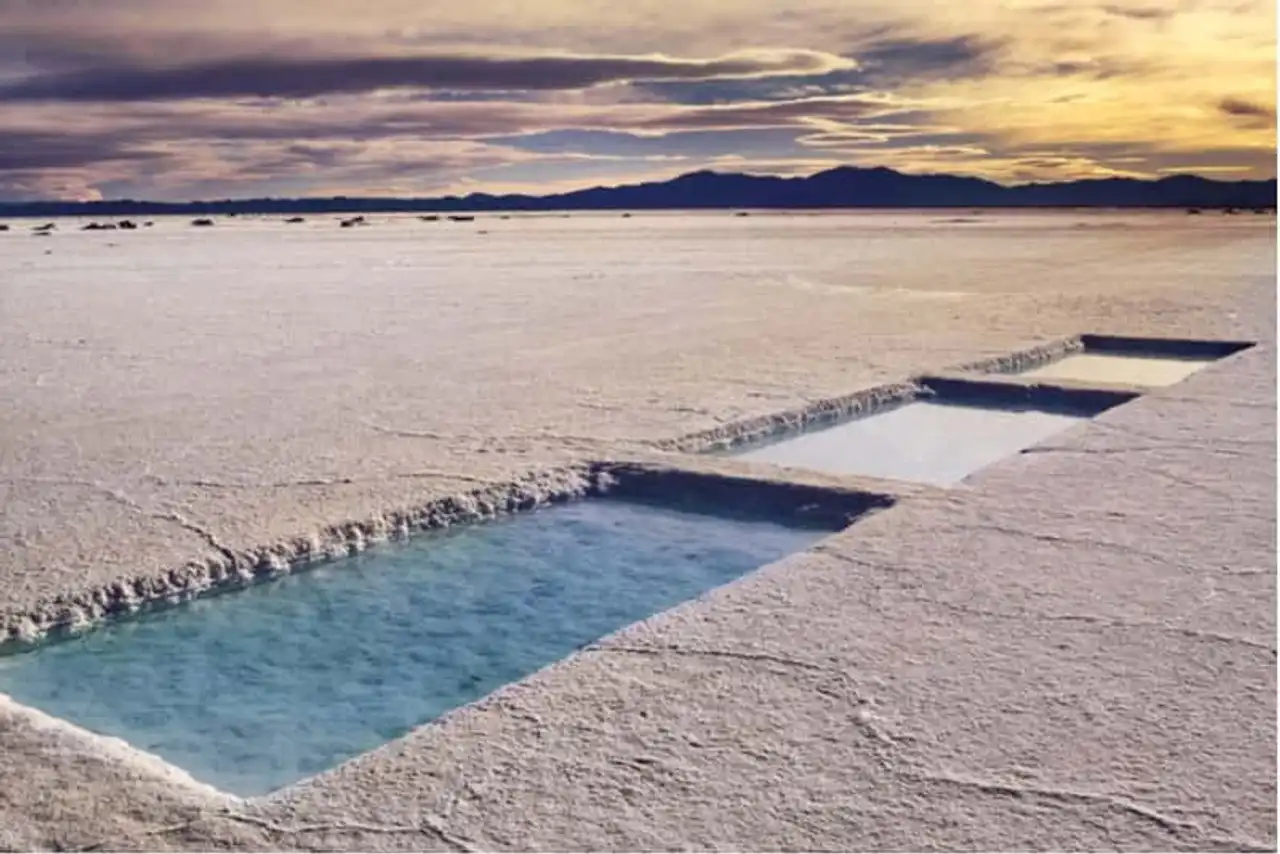
Photo credit: Shutterstock / revolucian
Located in the Province of Salta, the Saline plain is in fact an ancient dry lake 3,350 meters above sea level. Enjoy your sunglasses to admire this huge salt crust (525 km2)! In this regard, it is best to admire it after the summer rains (in February-March), when the water flakes are reflected in the blue sky.
If you have travelled the Salar of Uyuni in Bolivia , this saline may seem less impressive. On the other hand, if not the case, Salinas Grandes is a must-have step around Salta.
8. Calchaquies Valleys
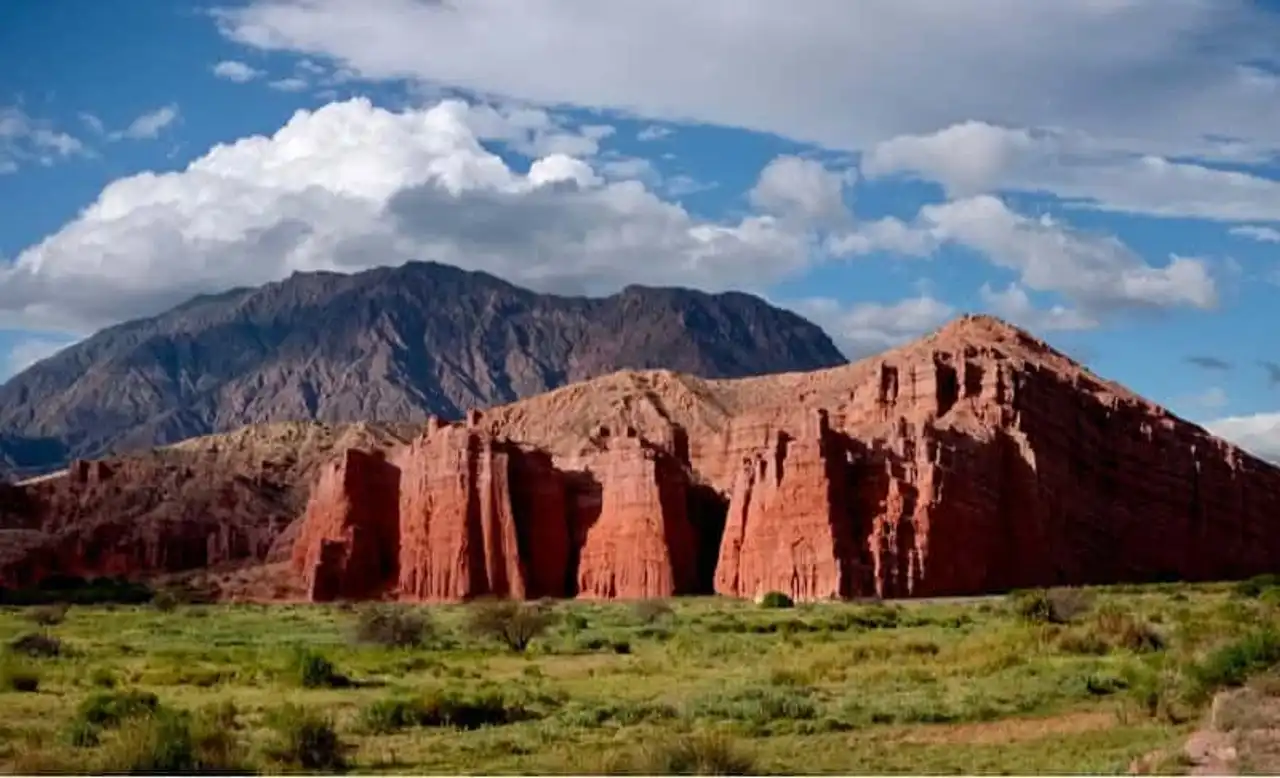
Photo credit: Shutterstock / ebone
Rural, spectacular, atypical: the Calchaquie valleys seduce visitors visiting the provinces of Salta and Jujuy. The small winding roads cross villages to the beautiful houses in adobe, such as Cachi or Molinos. The Parque Nacional de Los Cardones is a real candelabra cactus field up to 10 meters high!
From one end to the other of the road through the valleys, spectacular and contrasting landscapes are marching from the green to the red ochre of the earth. In the south, taking the famous Route 40, the village of Cafayate is the place to taste the wines of the second wine region of Argentina!
9. Cafayate
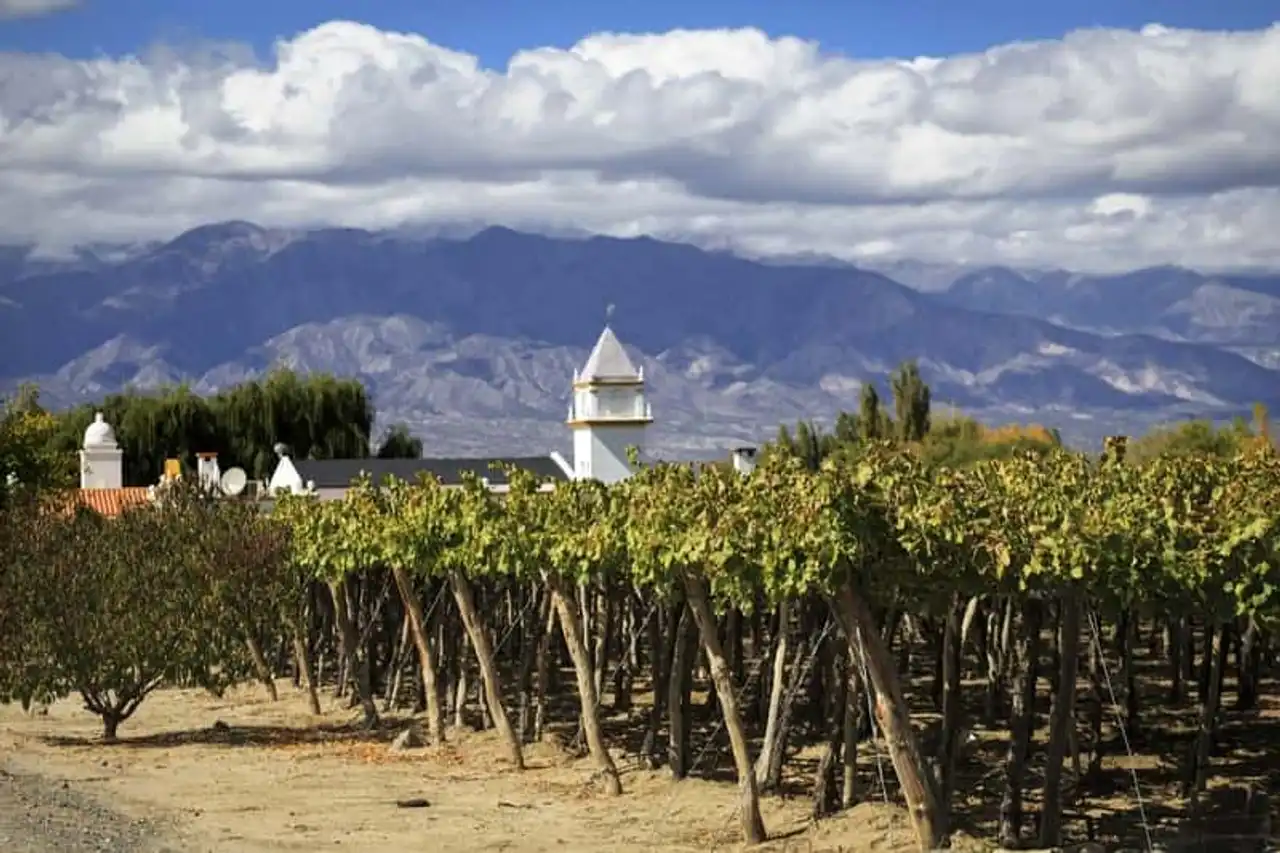
Photo credit: Shutterstock / sunsinger
After your visit to the city of Salta, you will probably arrive in Cafayate either by the Calchaquies valleys or by the Quebrada de Cafayate.
Welcome to the region that houses the highest vineyards in the world! Rural, charming, the village attracts many local and foreign tourists who come to taste its famous Torrontés white wine. Many wineries, sometimes very chic, offer stays and tastings of the wines of the region such as Malbec, Tannat or Cabernet Sauvignon.
10. Quebrada de Cafayate
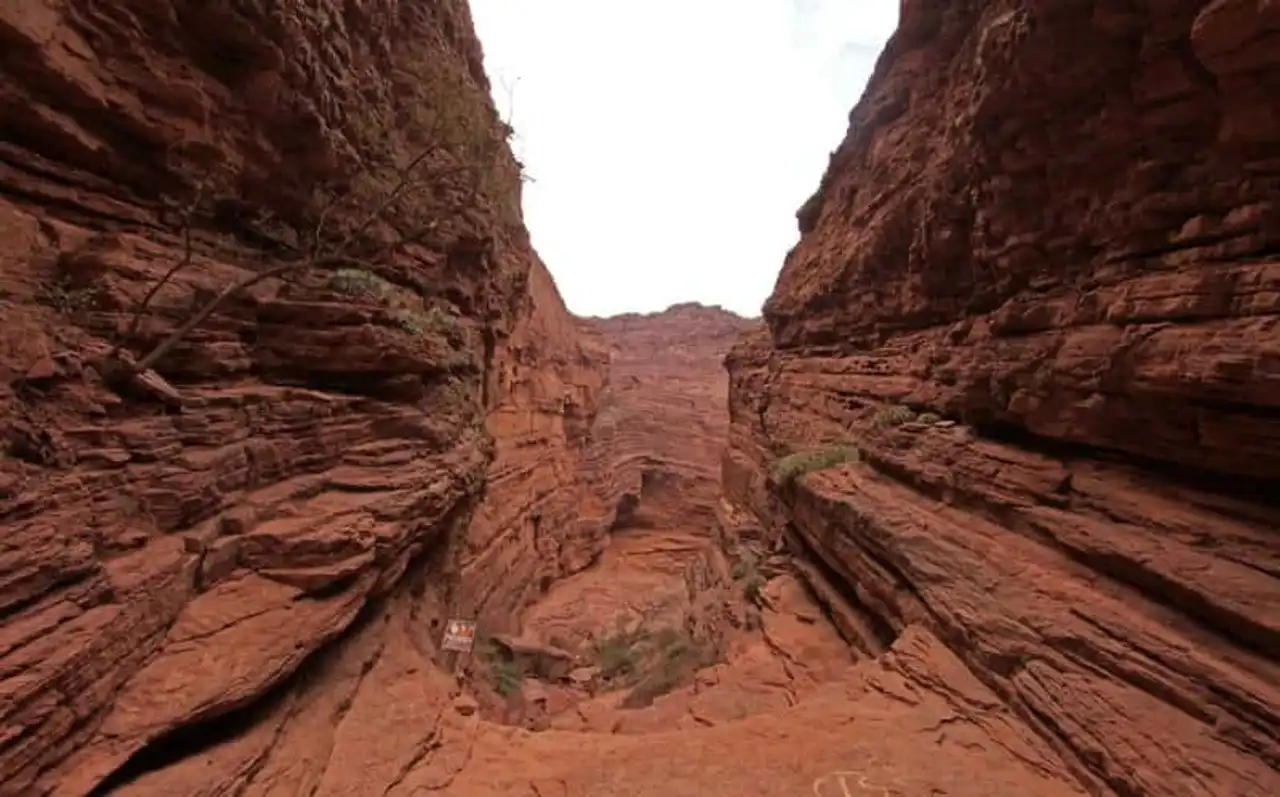
Photo credit: Shutterstock / reisegraf.ch
From Salta, Route 68 leading to Cafayate crosses the dry and wild landscapes of the Cafayate Quebrada. This canyon dug by the Rio de las Conchas has shaped rock formations with green, ochre or red sedimentary strata. This tour can be carried out as part of a tourist circuit (there are many agencies in Salta) or by renting its own vehicle.
If the view of the strange rocks is already spectacular from the road, the best thing is to get close to it on foot! Muni of your walking shoes, you can thus climb the Garganta del Diablo (Devil's throat) With a little luck, you will even hear a musician resonating his guitar in the Anfiteatro (amphitheatre)...
How to get to Salta?
By bus from Argentina
Located 1,468 kilometres from the Argentine capital Buenos Aires, Salta is accessible by bus, car or air. The most economical way is the bus, but the routes can be very long, taking into account the distances travelled. For example, it will take about 20 hours to reach Salta from Buenos Aires or Mendoza, or eight hours from the Bolivian border of La Quiaca.
By plane from France
The multiplication of airlines – including low-cost – make the plane an interesting option. Whether to reach Argentina or to make an internal flight to and from Salta, we advise you to study offers on a comparison such as Ulysses . As the airport is 9.5 kilometres south-west of the city, the centre can be reached quickly by the bus no. 8A or by taxi.
By car once on site
Finally, for those who opt for her car rental , especially to visit the surroundings, know that the city does not lack renters at good prices. Be alert about the condition of the car and its equipment and learn about the weather before leaving. When the rains are abundant, many roads can be cut off.
Where to stay in Salta?
Salta is the most touristic agglomeration in the North-West of Argentina. There are plenty of youth hostels, but also small family pensions or more chic boutique-hotels. We can sleep in the historic centre to be in the heart of animation or in the north to enjoy the nightlife. The east of the city, near San Martín Park is quieter. To make your choice, you can read our article on best areas to stay in Salta . A tip: pass through a Compare hotels to find the best quality/price ratios!
Now you know what to do in Salta during your next stay in Argentina!
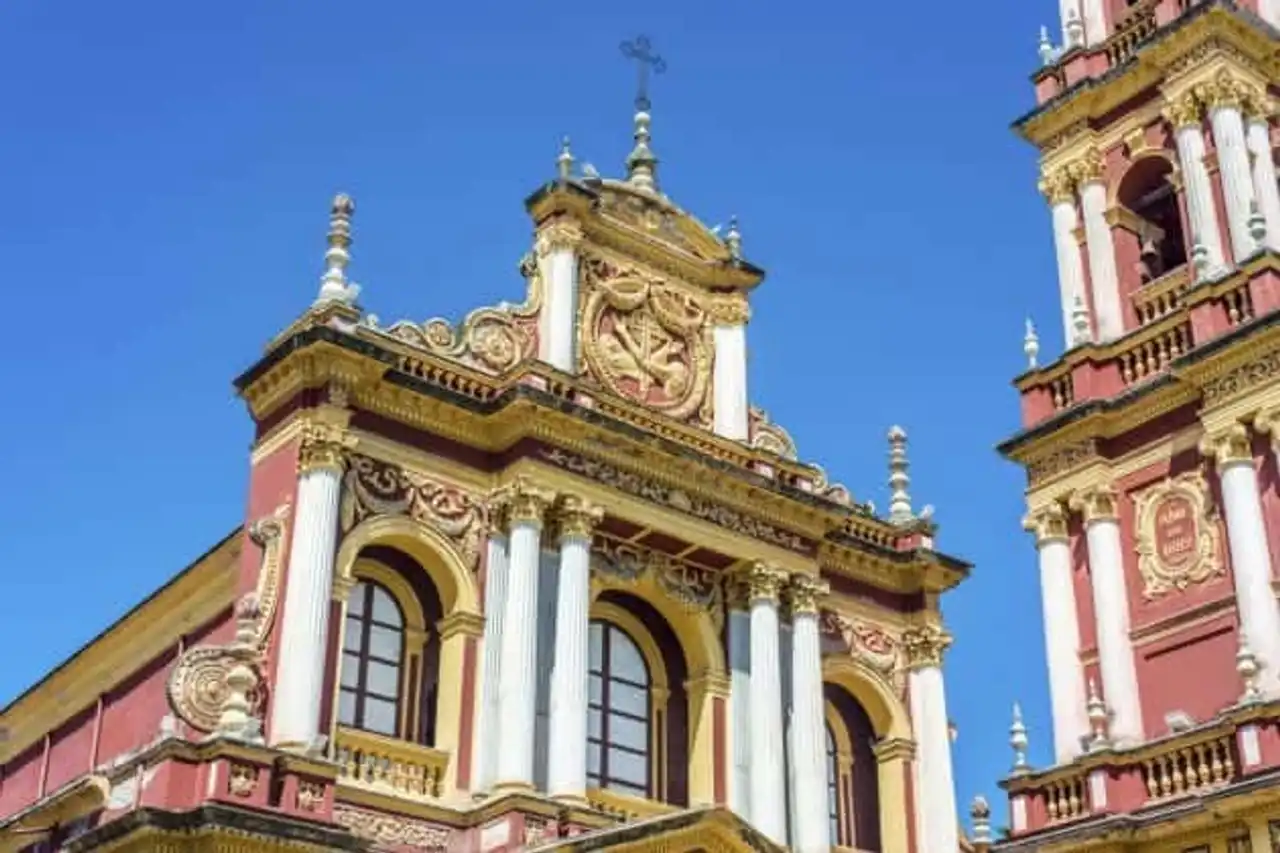





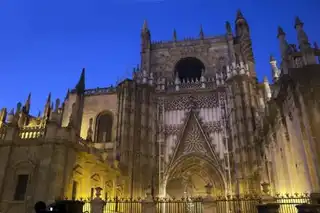
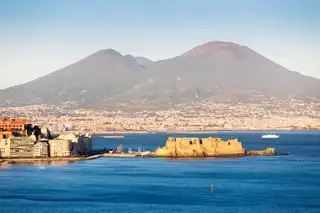
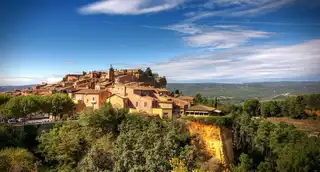
Loading comments ...